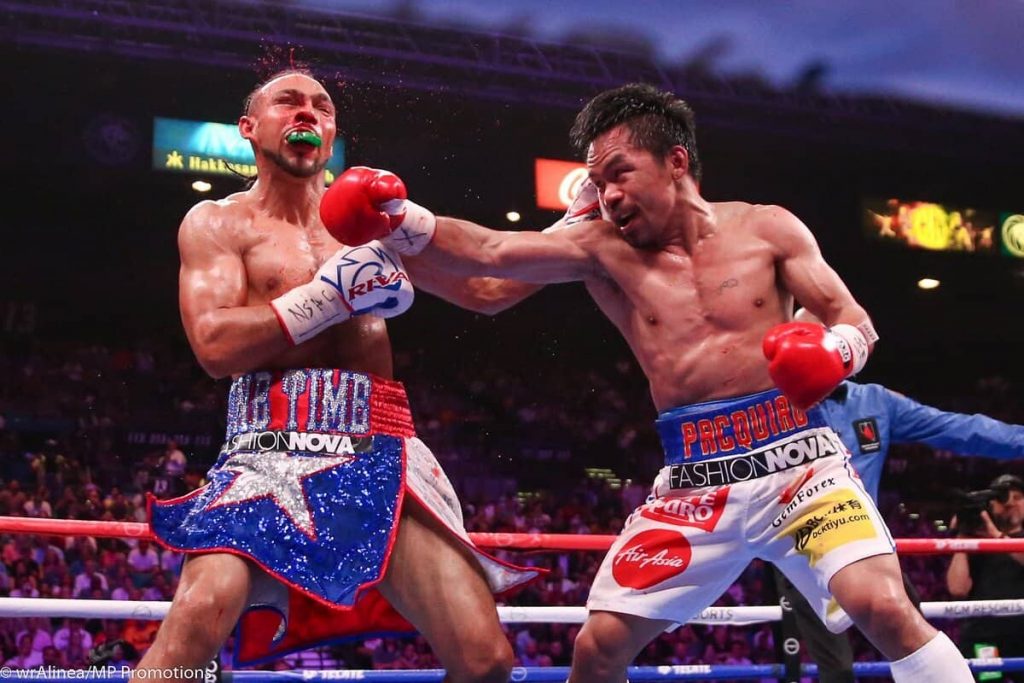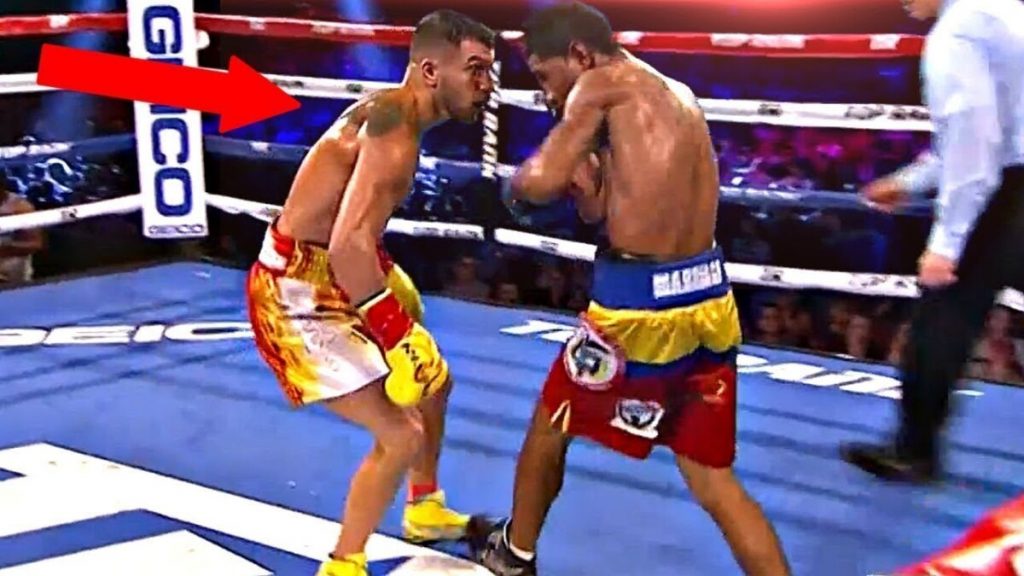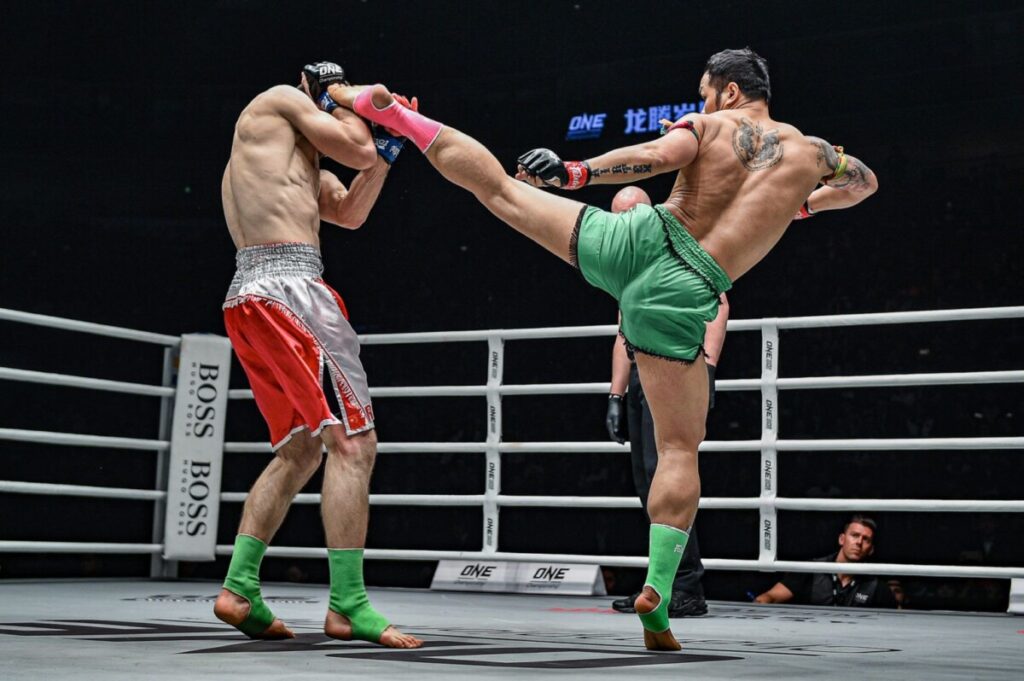Southpaw Fighter: Anyone who has practised Muay Thai for more than a few months knows how painful it is to battle a southpaw fighter. Your opponent moves in the wrong way, it’s hard to block their attacks since they seem to be coming at you from the opposite direction, and your favoured moves don’t land cleanly. To make matters worse, they only make up 10% of the population, so if you’re pitted against a fearsome southpaw, it could be challenging to locate a lefty partner to train with.
In the right timing these thigh kicks, sometimes referred to as inner leg kicks, to occur as your opponent is preparing to deliver their rear kick, the effect may be much more lethal.
It may surprise you to learn that battling a southpaw is easy. To increase your efficacy and neutralise your destructive left kicks, use these three simple measures. Continue reading if you are an orthodox fighter facing a southpaw opponent or if you are tired of your left-handed partner outlasting you in sparring. All the information you require to face a fearsome southpaw and emerge with your hand raised is provided in this article.
How To Beat A Southpaw Fighter In 3 Easy Steps?
1) Swinging Around to the Lead Side

The first thing to do is to circle off to your left. It is also the most crucial because, as you will soon discover, the fighter with their lead foot on the outside has the advantage in a confrontation between fighters in opposing postures. In fact, if you don’t develop muscle memory for circling off to the lead side, the next two steps will be quite challenging.
Your right-sided power shots will be closer to the target when you place your lead foot outside of your opponent. Because your right kicks don’t have to travel as far, your opponent who is left-handed will have less time to respond and counterattack. It also aligns your stabbing rear knee and straight right hand with your opponent’s body centre, making it simple to toss them through the middle of their guard.
It’s crucial to continue moving left since any sensible southpaw would see that their lead foot inside yours puts them at a disadvantage. Using a lead hook to pivot off or a sharp punch to their face, you may conceal this action.
In this battle versus Kickboxer Andy Souwer, Southpaw and Muay Thai icon Yodsanklai Fairtex shows how important it is to have your lead foot to the outside of an alternate stance exchange.
Take note of Yodsanklai’s creepy forward and rightward movements as he follows Souwer through the cage. It positions him to land the decisive blow in the second round with his powerful left hands. Or, as you can see, Souwer erred by turning to face Yodsanklai’s power side. This allowed Yodsanklai to easily block or sidestep Souwer’s high right kicks whenever he launched them.
You might also be interested in reading this: Muay Thai Vs Lethwei: How Do Differ From Each Other?
2) Let Go of Everything That Is Right

The right side of your power is more effective when it is positioned outside of a southpaw opponent, as was indicated in step 1. You can still utilise a left hook to switch angles and your lead jab to divert your opponent, but you won’t be able to employ your other left-sided weapons as much. Your opponent’s lead armpit is likely to be directly beneath your opponent’s teeps and knees if your right straights are set up to strike a southpaw’s core mass.
Additionally, the differences in orthodox and southpaw body mechanics make it harder to land left kicks. You have to get up close to chop a lead leg, and changing your stance slows down the blow, leaving you open to punches before the kick even hits. Waiting for them to advance so you may kick their inner thigh with your back leg is far safer. However, it might be challenging to reach your shin to a southpaw’s ribs without having your leg trapped due to the angle of their torso.
Because of this, there isn’t a single switch body kick in this mixed-stance bout between Petchmorakot Petchyindee and Liam Harrison, two excellent fighters. Harrison’s single switch leg kick in the opening round is easily halted, but his inside right leg kick is very successful.
3) Counteract The Left Leg

Southpaws repeatedly drill their left kick until it becomes their primary weapon. If you are ready to fight a southpaw, it is imperative that you rehearse countering their weapon.
You can start to anticipate when they will utilise their left kick by realising that they are always trying to land one. If you see your opponent doing this, it’s reasonable to predict they’ll follow with a left kick since many southpaws will cover up the outside step they’ll take to set up their kick with a lead jab or hook. It’s not as simple as it seems, particularly when against a skilled southpaw opponent.
If you find it difficult to do this, make sure your lead foot stays outside of theirs so you will have more time to respond to their inevitable left kick.
As Yodsanklai demonstrated in the first video, you may respond by leaning backwards when they deliver the kick high from the outside position. Or you might emulate Harrison from the last video. You’ll see that Petchmorakot kicked with his lead leg inside position in the first round, allowing Harrison more time to react, which is how he made his catch and sweep.
Harrison also had a propensity of kicking Petchmorakot’s inner thigh whenever he moved forward; if he had maintained this technique throughout the battle, it would have diminished the force and delayed the Thai fighter’s kicks. In the right timing these thigh kicks, sometimes referred to as inner leg kicks, to occur as your opponent is preparing to deliver their rear kick, the effect may be much more lethal. It’s possible that this timing will pull their leg out from under them. This is a dangerous (and hard to time) move, so it’s better to keep it for later in the fight when your opponent has already been slowed down by a series of leg kicks.
Ultimately, your opponent will pull your lead leg into alignment with their centre mass as they move off-centre, which will provide a well-timed teep as they rise up onto one leg. A variant of this technique is shown above by former ONE Championship Muay Thai World Champion Nong-O, who interrupts a southpaw’s kick with a low teep before delivering blows of his own.

